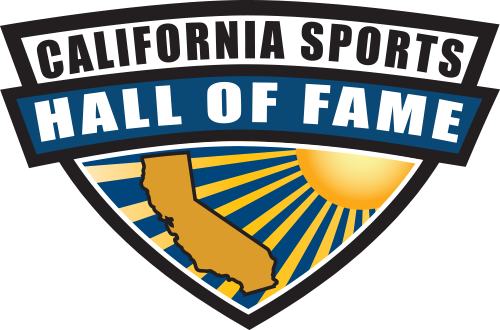Merlin Olsen
Merlin Olsen was a coach's player. Punctual, steady, gifted, a quiet leader, a player you could always count on. He was a standout as a rookie and thereafter stood out in every game he played for the Rams in a 15- year career. Every game for Fifteen years.
As a rookie Olsen was voted into the Pro Bowl. And in the winters that followed they never played a Pro Bowl without him for 14 consecutive years. Ten times he was selected a first- or second-team All-Pro. Merlin came to the Rams as one of their two first round draft choices in 1962.
He had the physical qualifications of the best-ever defensive tackles of the day, as evidenced by the fact that he won the Outland Trophy as a collegian at Utah State. But Merlin’s true strength may have been the intelligence he used in each game.
Olsen almost ended up on offense, but was later moved to the defensive line after a few experiments in practice. Soon he became part of one of the best front fours in NFL history. Deacon Jones, Rosey Grier, and Lamar Lundy joined Olsen on the defensive line in 1963 that was nicknamed "The Fearsome Foursome." He was named the Associated Press NFL Defensive Player of the Week for week 12 in 1965. Olsen scored his first touchdown in that game.
During the off-season he earned a master’s degree in economics. It was Olsen's hard luck to perform for many mediocre teams in Los Angeles – he never won a Super Bowl – but he had as much to do as any other individual with glamorizing defensive football in the NFL.
Before the era of Olsen, and teammate and future Hall of Fame defensive end Deacon Jones, this was an offensive league. Few fans talked knowledgeably about defense. Starting in the 1960s the Rams fielded one of the most famous of the front fours of that or any other time, the “Fearsome Foursome” of Jones, Olsen, Roosevelt Grier and Lamar Lundy. And the anchor and leader of the group was Olsen. He was the stabilizer in the middle that allowed the others to tee off on quarterbacks. Olsen kept order along the scrimmage line, often stopping the draw play himself or quickly identifying the screen pass.
